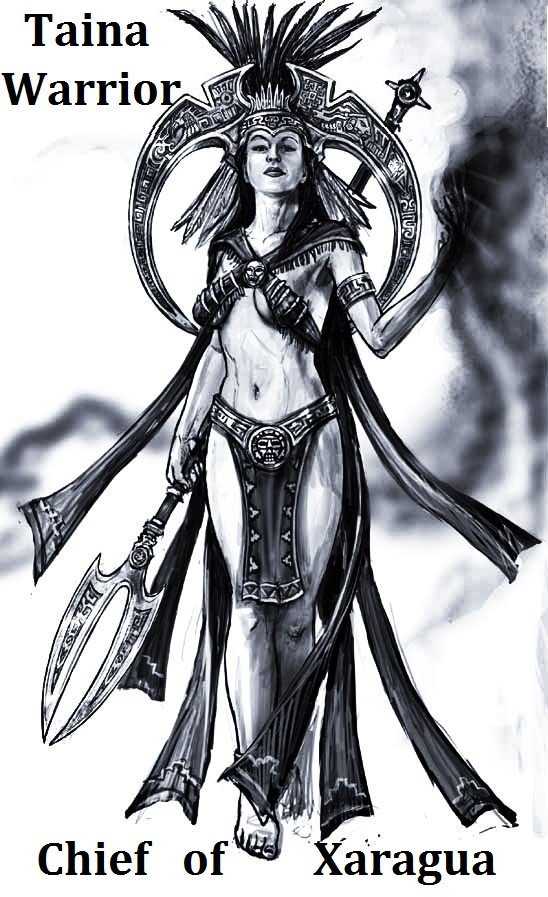Her Father Ludwig Muller was a German banker and her mother Sofia was Abyssinian, Ethiopian, African.
She was born on July 6, 1848 in Cairo, Egypt.
The Maharaja Duleep Singh fell for her charm & beauty, within 5 months they married at Alexandria in Egypt, on 7 June 1864. Both of them wore European dress apart from Duleep, who wore a turban. Bamba wore simple jewelry including pearls. She had a short sleeved, moire, antique dress, orange blossoms in her hair, and a veil.
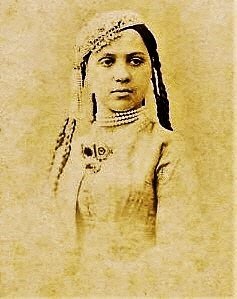
The couple went on to have six children.
The couple had three sons and three daughters whom they brought up at Elveden Hall in Suffolk, England. Her six children were: Victor Albert Jay (1866–1918), Frederick Victor (1868–1926), Bamba Sophia Jindan (1869–1957), Catherina Hilda (1871–1942), Sophia Alexandrowna (1876–1948), and Albert Edward Alexander (1879–1893).
Victor and Frederick both joined the British Army whilst Frederick became a Fellow of the Society of Antiquaries of London. One of her daughters, Bamba Sophia Jindan, returned to Lahore as the wife of a Dr Sutherland. She was known as Princess Bamba Sutherland. The other two daughters were named Catherine and Sophia.
Duleep Singh was the last Sikh Maharaja of Lahore
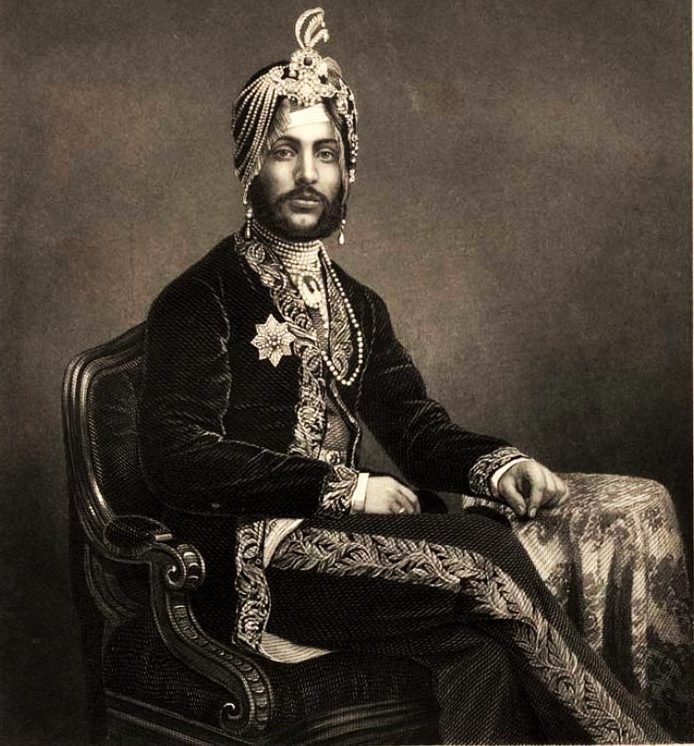
Maharaja Duleep Singh, entering his palace in Lahore, escorted by British troops after the First Anglo-Sikh War (1845–46)
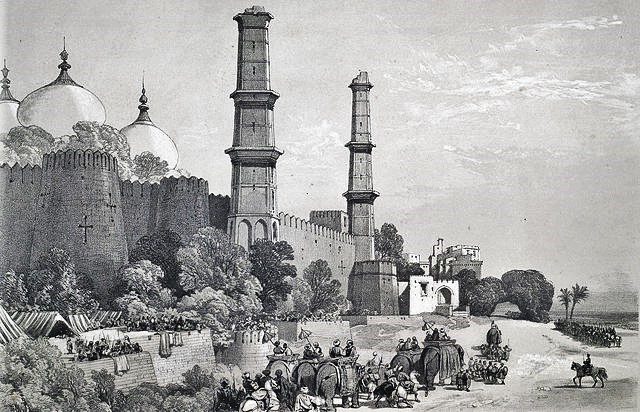
Speaker Biography: Kenneth X. Robbins, a psychiatrist, has published more than fifty articles and three sets of 100 slides on Indian history and art. He co-edited a book on African elites in India and is currently preparing a series of books dealing with Jews in India. He has curated ten exhibitions dealing with India. His special interest is the study of the comprehensive history of the maharajas and other Indian princes utilizing everything from paintings to medals.
A photo of Queen Maharani Bamba Duleep Singh
On his return from Bombay Duleep passed through Cairo and visited the missionaries there on 10 February 1864. He visited again a few days later and was taken around the girls’ school, where he first met Bamba Müller, who was an instructor. She was the only girl there who had committed herself to a Christian life. On each visit Duleep made presents to the mission of several hundreds of pounds.
Her transformation from illegitimate girl living in a Cairo mission to a Maharani living a life of luxury with the “Black Prince of Perthshire” has been compared to the “Cinderella” story.
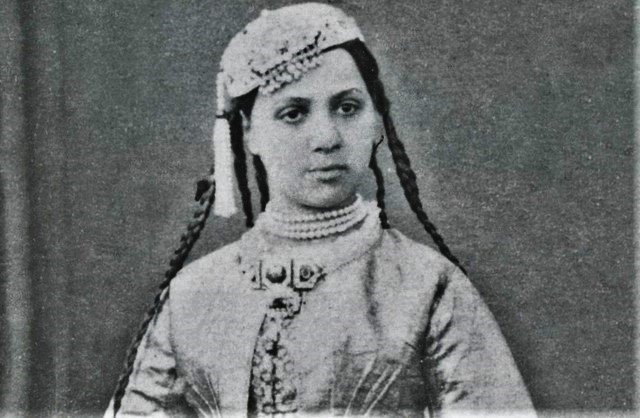
The Italians had attempted to expand in eastern Africa by joining Abyssinia to her conquests, but in 1896, the Italians were heavily defeated by the Abyssinians at the Battle of Adowa.
This defeat had an enormous impact on Italian pride. The loss of 6000 men against a backward army from Abyssinia was difficult for the Italian people to comprehend. However, this defeat did not stop politicians in Italy planning for a new attempt to take over Abyssinia.
Read more:
Abyssinia – History Learning Site
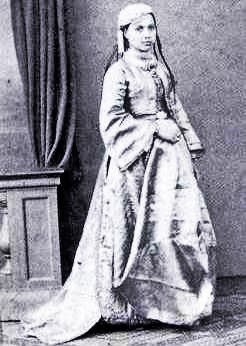
Abyssinia is located here
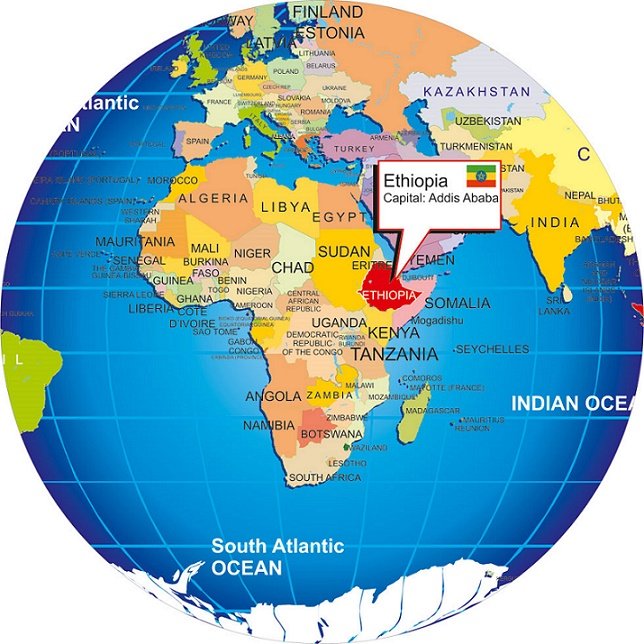
When Exactly Was Abyssinia Renamed Ethiopia?
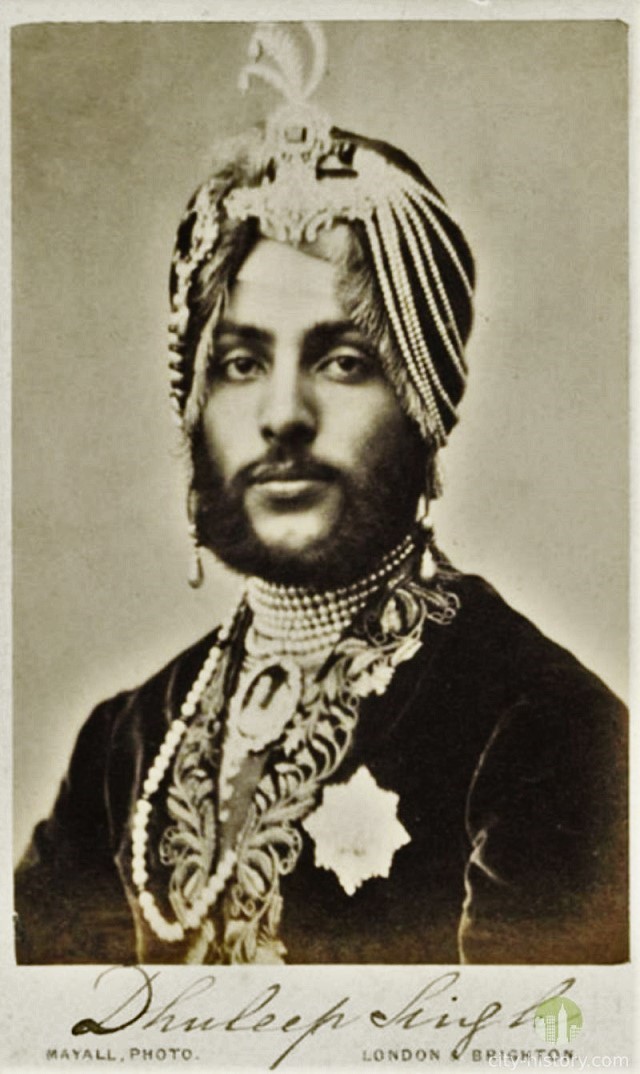
Who is Duleep Singh?
lahore.city-history.com/blogs/maharaja-duleep-singh-the-last-maharaja
1870s, the maharajah was financially in trouble – bringing up six children and supporting his lavish lifestyle on the pension he received from the British government meant he was heavily in debt.
He began to question the government about his land and property back in India, claiming the annexation of Punjab had been done in an underhand way.
He wrote endless letters to the government, seeking compensation for his lost land in India, but without any success.
On 31 March 1886, Duleep Singh took his boldest step – he set sail for India along with his family and told the British he would revert to the Sikh faith and reclaim part of his land.
The British could not risk a possible mutiny. When the ship docked in Aden, en route to India, the maharajah was detained and placed under house arrest. His family returned to Britain.
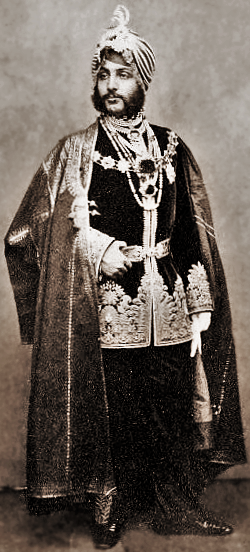
A Sikh charity is planning to exhume the body of a prince, the last ruler of a Sikh empire, from his grave in the English countryside and send it back to the Indian state of Punjab. But how did he come to end up in exile?
BBC political journalist Anita Anand tells the fascinating and largely unknown story of Princess Sophia Duleep Singh – descendant of Sikh royalty( Maharaja Ranjit Singh and Maharaja Duleep Singh), goddaughter of Queen Victoria and pioneering suffragette. Bold and fearless, she marched alongside Emmeline Pankhurst in protest outside parliament, refused to pay her taxes until women got the vote, and even threw herself in front of prime minister Asquith’s car.
Sisters Bamba, Catherine and Sophia
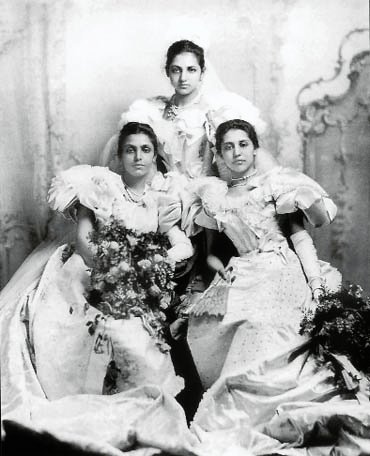
Lost Treasures of the Sikh Kingdom

 Fascinating movie spans the globe to reveal recent discoveries about water, the most amazing yet least studied substance in the world. Witness as researchers, scientists, philosophers and theologians try to understand this unique liquid and all [...]
Fascinating movie spans the globe to reveal recent discoveries about water, the most amazing yet least studied substance in the world. Witness as researchers, scientists, philosophers and theologians try to understand this unique liquid and all [...] 





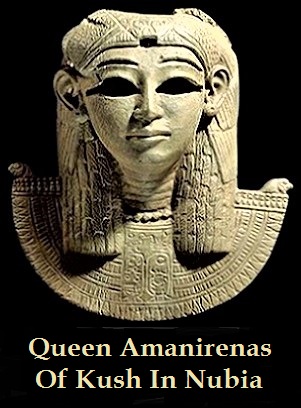


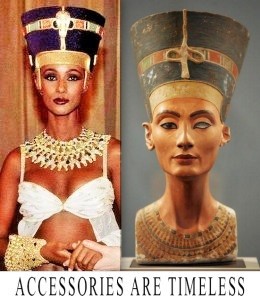
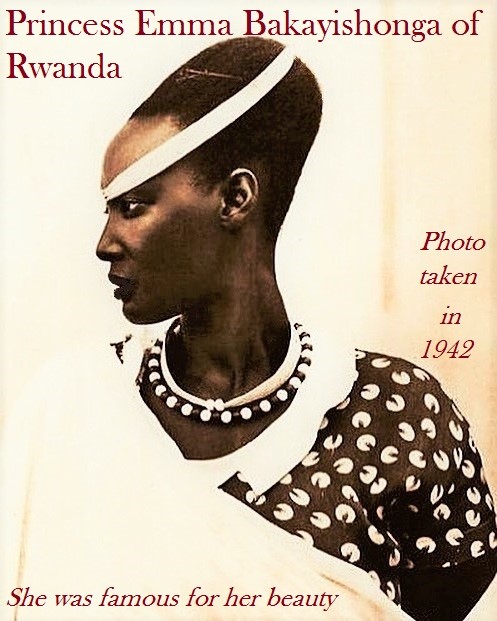








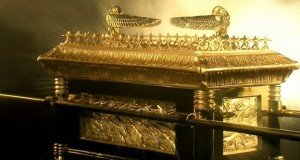






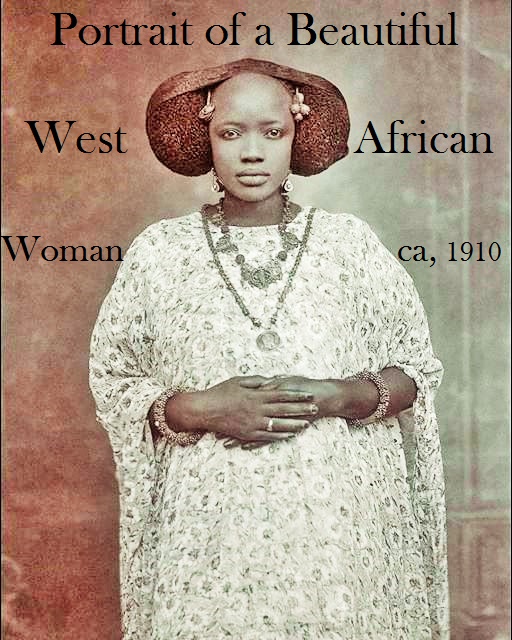


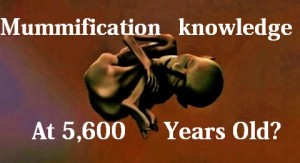



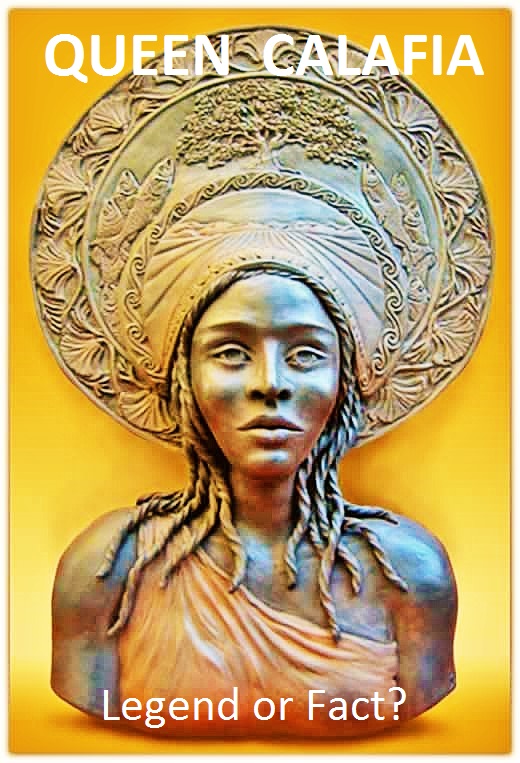










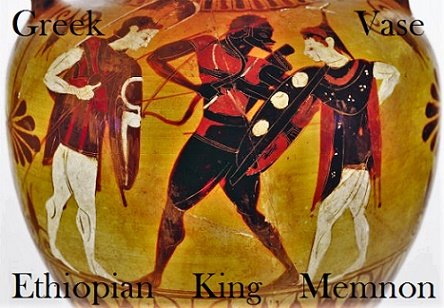

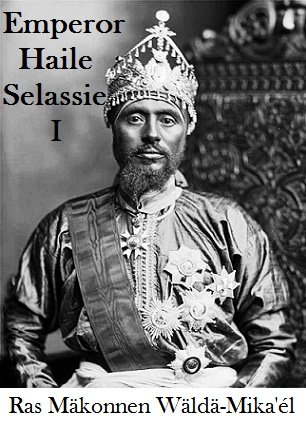
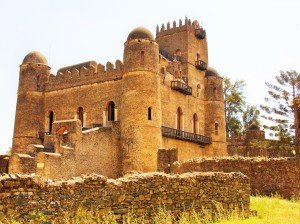
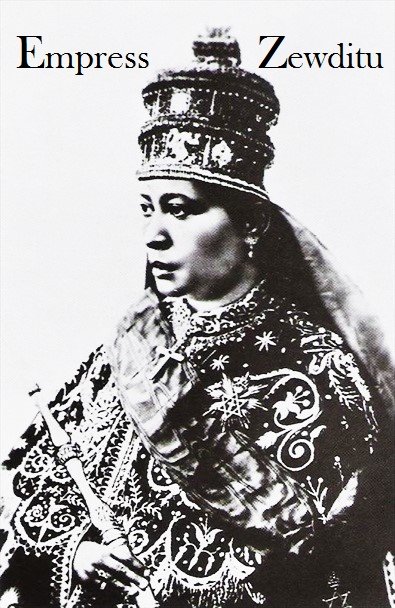

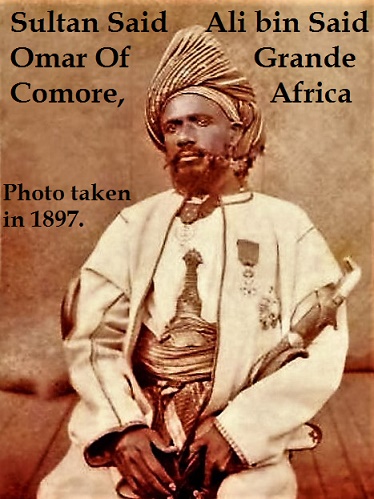







 Take care of your body, it's the only
Take care of your body, it's the only



